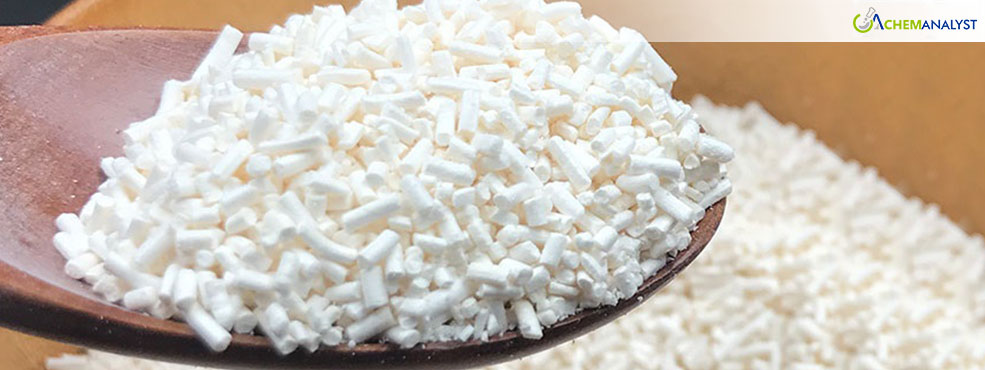Welcome To ChemAnalyst

The U.S. market for Potassium Sorbate is witnessing a steady decline in import prices as global supply increases and economic factors influence trade dynamics. Key market drivers, including heightened production in major producing nations, including China, currency fluctuations, and reduced purchasing sentiments, are contributing to this downward price trend. However, ongoing trade tensions between the U.S. and China introduce uncertainties that could alter market conditions in the coming months.
One of the primary factors influencing the drop in Potassium Sorbate prices is the ramp-up in production by major manufacturers, particularly in China. This surge in supply has resulted in a global surplus, leading to increased competitive pricing as suppliers seek to offload excess inventory. The oversupply situation has strengthened the bargaining power of U.S. importers, further driving down market prices for Potassium Sorbate.
Secondly, the continuous depreciation of the Chinese yuan against the U.S. dollar has further fueled the price drop. The weaker yuan has made Chinese Potassium Sorbate more affordable in international markets, allowing U.S. buyers to procure the product Potassium Sorbate at reduced costs. This exchange rate fluctuation has provided a favorable purchasing environment for American businesses looking to secure cost-effective raw materials.
However, the industrial utilization for Potassium Sorbate, such as food preservation and personal care, has remained persistent, more stabilized, or reduced demand. This softening of demand has resulted in a decline in purchasing activity, prompting suppliers to lower prices including those for Potassium Sorbate to stimulate its sales. As the market continues to adjust to these changing consumption patterns, Potassium Sorbate prices remain under pressure.
Adding up to this further, supply chain bottlenecks that had previously caused logistical constraints have now been alleviated. With improved trade flows and more predictable shipping schedules, the availability of Potassium Sorbate has increased, contributing to a more competitive pricing environment. The improved efficiency in transportation networks has played a crucial role in sustaining the downward price trend.
Lastly, Despite the ongoing price decline, geopolitical risks could impact market stability. In January 2025, the U.S. imposed a 10% tariff on Chinese imports over fentanyl concerns, prompting China to retaliate with 10-15% tariffs on U.S. goods and an antitrust probe into Google. These tensions add uncertainty for industries like Potassium Sorbate.
However, negotiations may ease trade disputes, with China showing interest in reviving the 2020 Phase One trade deal. High-level talks are expected in the coming months, potentially stabilizing the market. If tensions escalate, costs for U.S. importers may rise, but a resolution could reinforce the price decline including those for Potassium Sorbate. Market players and traders within the region must continue to monitor developments and adjust sourcing strategies accordingly.
We use cookies to deliver the best possible experience on our website. To learn more, visit our Privacy Policy. By continuing to use this site or by closing this box, you consent to our use of cookies. More info.
